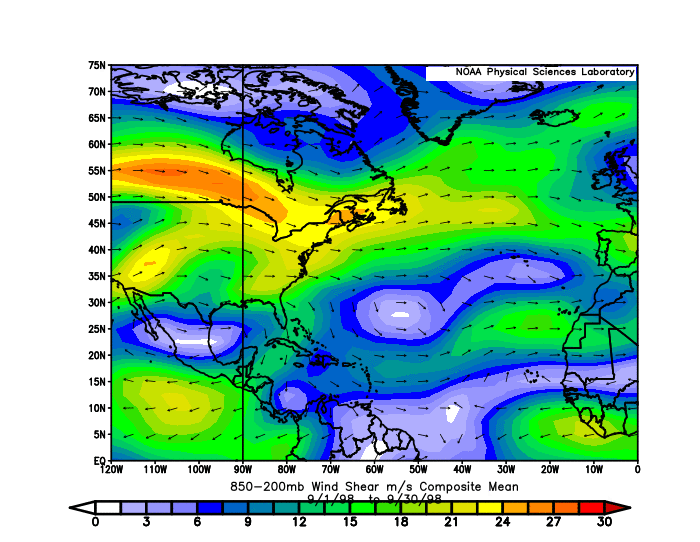
High wind shear in September =/= lack of major hurricane threats in October and November
Moderator: S2k Moderators



hurricanetrack wrote:Figured I would post my video discussion for today here since it is relevant to this thread towards the end. MJO looks to swing back around and the overall pattern at least suggests that it's not over 'til it's over...which it's not by default anyway but you get the gist...
https://youtu.be/SW6BYhMTyf8
Iceresistance wrote:https://s9.gifyu.com/images/ewp.gif

Category5Kaiju wrote:hurricanetrack wrote:Figured I would post my video discussion for today here since it is relevant to this thread towards the end. MJO looks to swing back around and the overall pattern at least suggests that it's not over 'til it's over...which it's not by default anyway but you get the gist...
https://youtu.be/SW6BYhMTyf8
Thank you so much for the very concise explanation you gave in your recent video on why people should not see this season as having ended. It certainly does feel like there's a bit too much nowcasting and model-hugging going on, and I feel like it is best to stay alert until the finish line rather than become complacent based on very vague factors and then end up very shocked and confused in the event a major hurricane forms after October 15 and threatens land.
hurricanetrack wrote:Figured I would post my video discussion for today here since it is relevant to this thread towards the end. MJO looks to swing back around and the overall pattern at least suggests that it's not over 'til it's over...which it's not by default anyway but you get the gist...
https://youtu.be/SW6BYhMTyf8

AlphaToOmega wrote:Moreover, here is the shear map of September 1998 (the year of Hurricane Mitch)
https://i.postimg.cc/GpfBKNV8/compday-Xh4-Jb-O8-E4-R.gif
High wind shear in September =/= lack of major hurricane threats in October and November
Quite a lot of shear out in the Atlantic right now. Definitely more El Niño-ish.
Yeah the atmosphere sure isn't acting like a La Niña right now given all that shear. Plus an active Cat 4 in the EPAC right now.
I doubt that the phase of the MJO and/or the passage of a downwelling CCKW, either alone or by themselves, can account for such high VWS during La Niña.



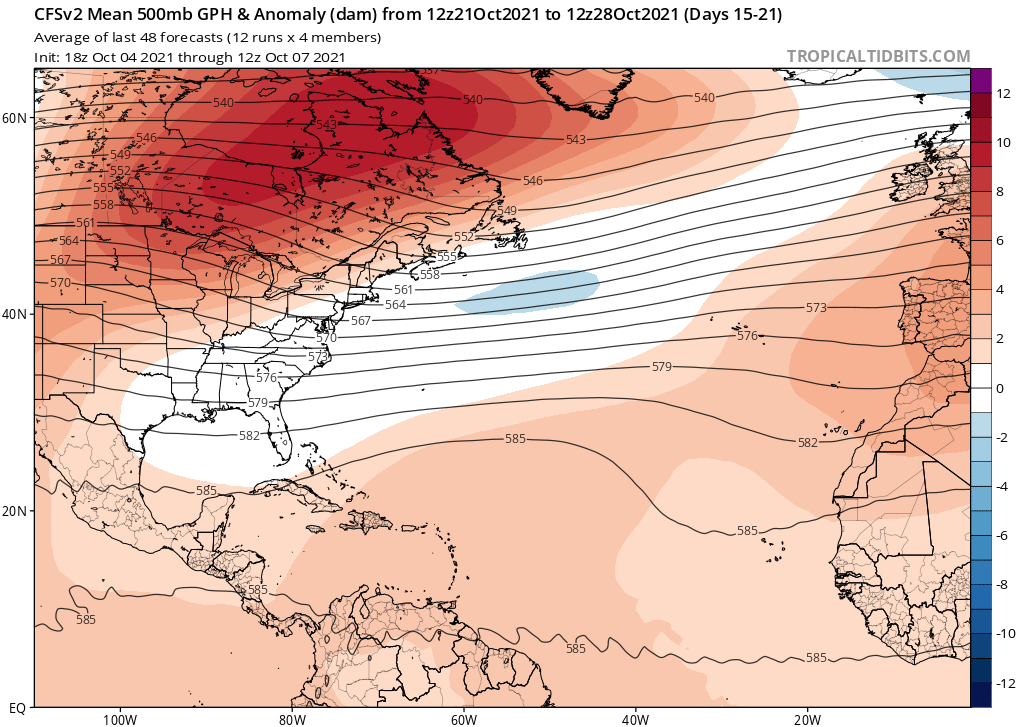
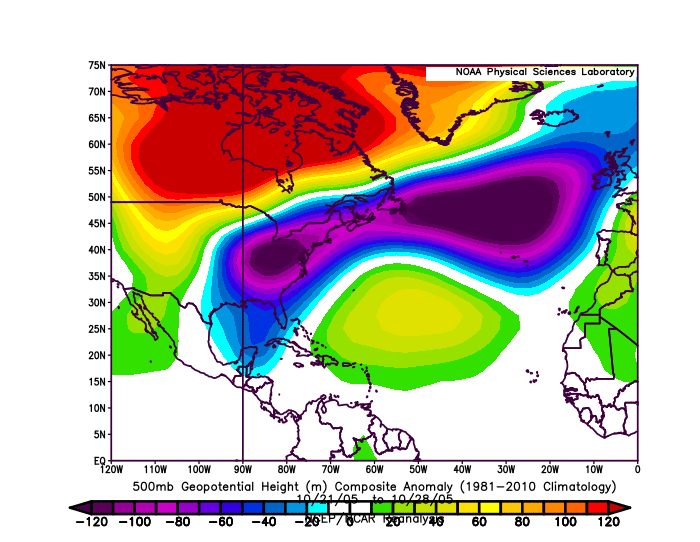


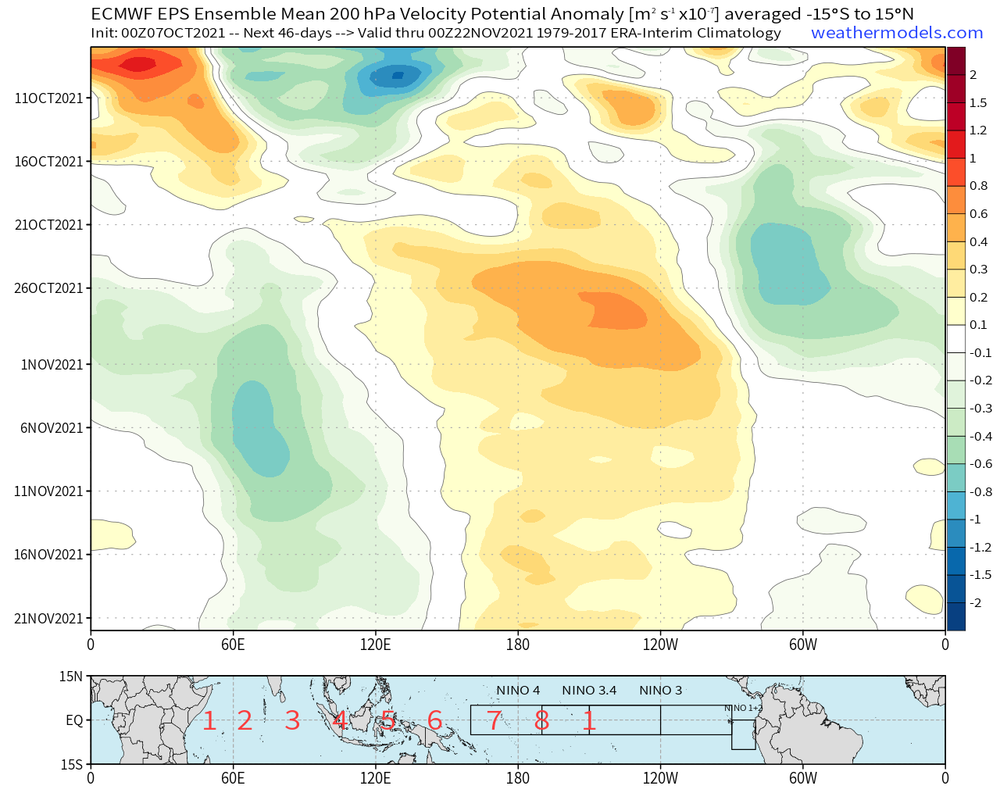

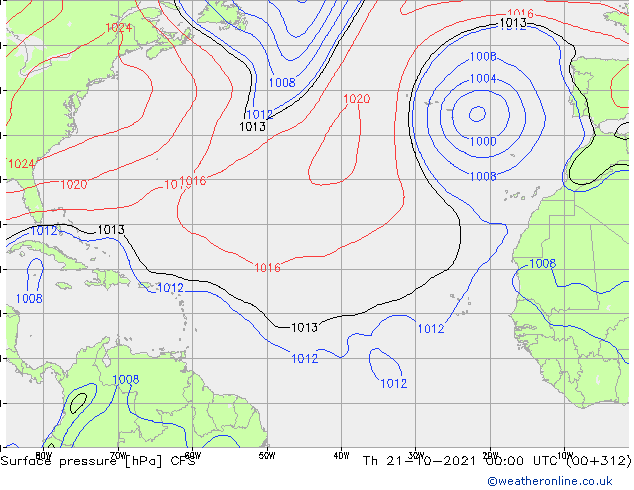
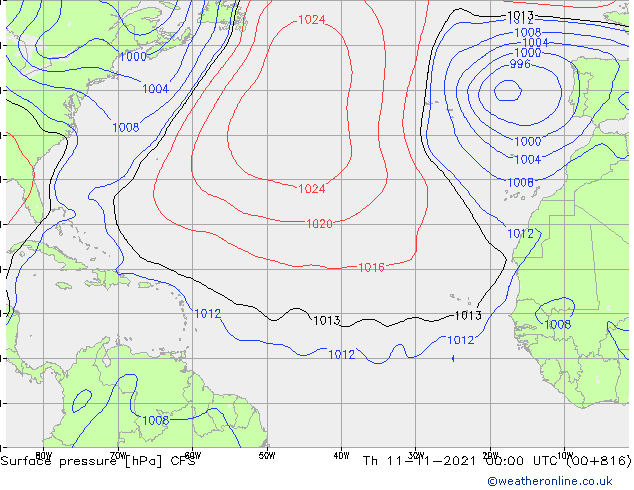
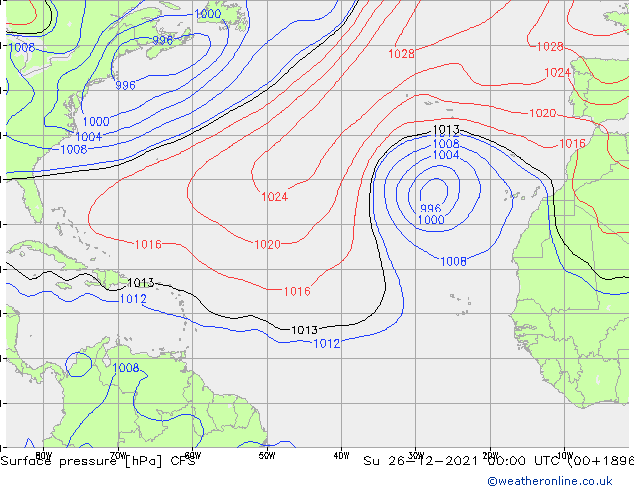

AlphaToOmega wrote:The EPS forecasts favorable VP patterns from now into late November.
https://i.postimg.cc/PqSYr22f/eps-chi200-anomaly-hov-equatorial-2021100700-MEAN.png
Users browsing this forum: No registered users and 119 guests